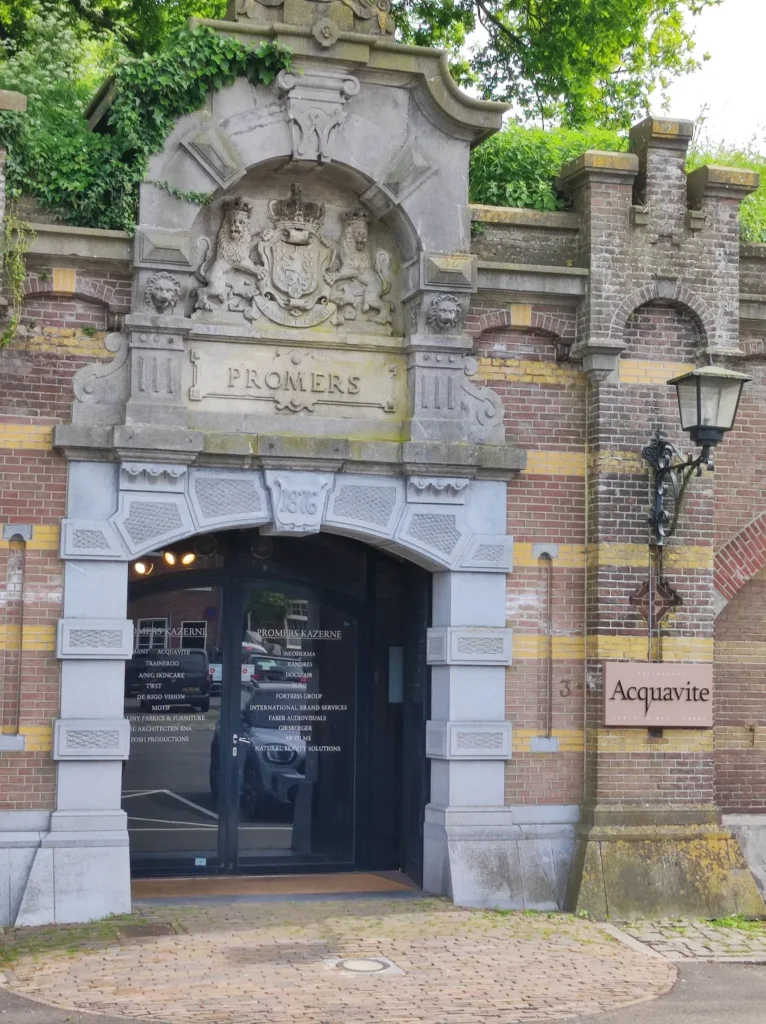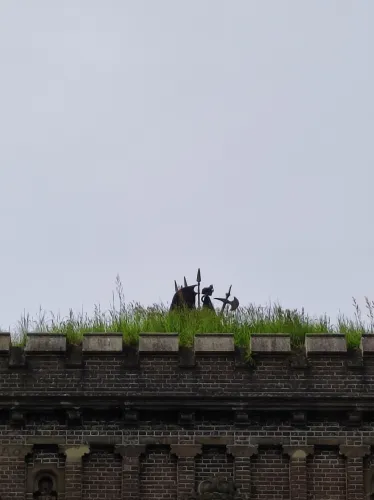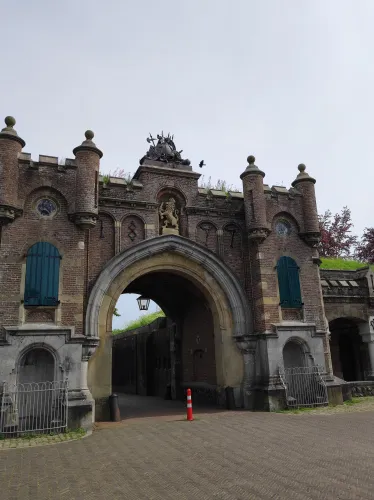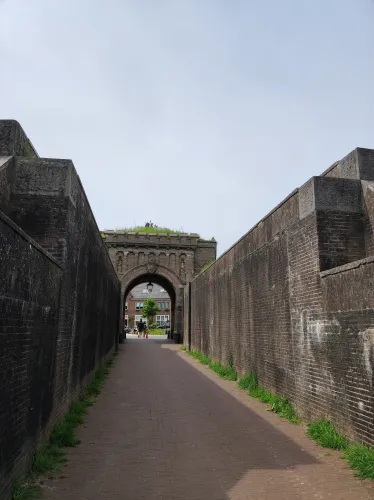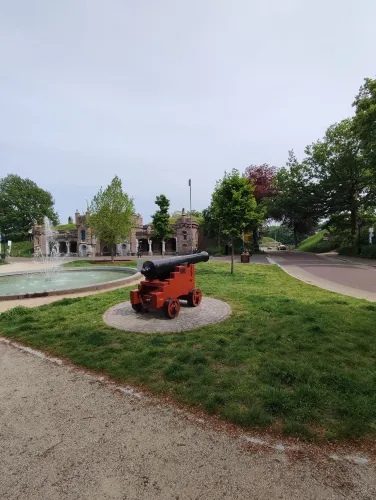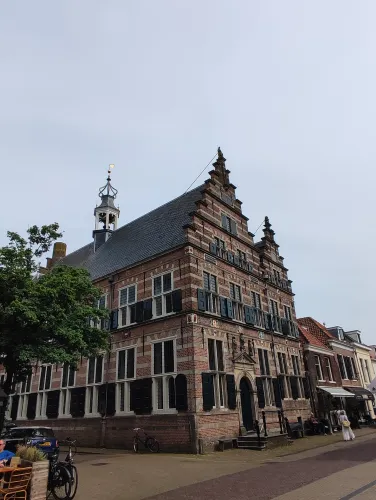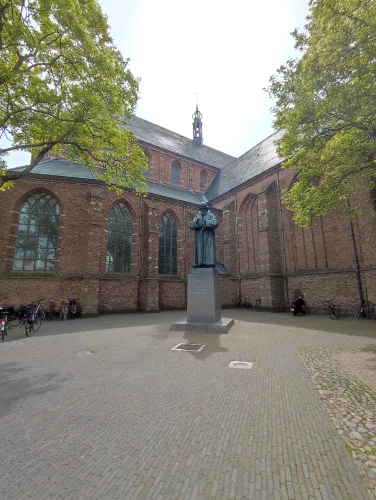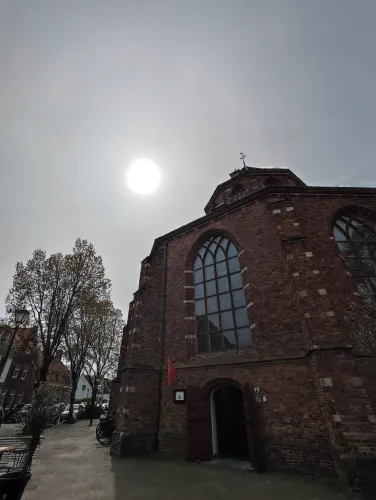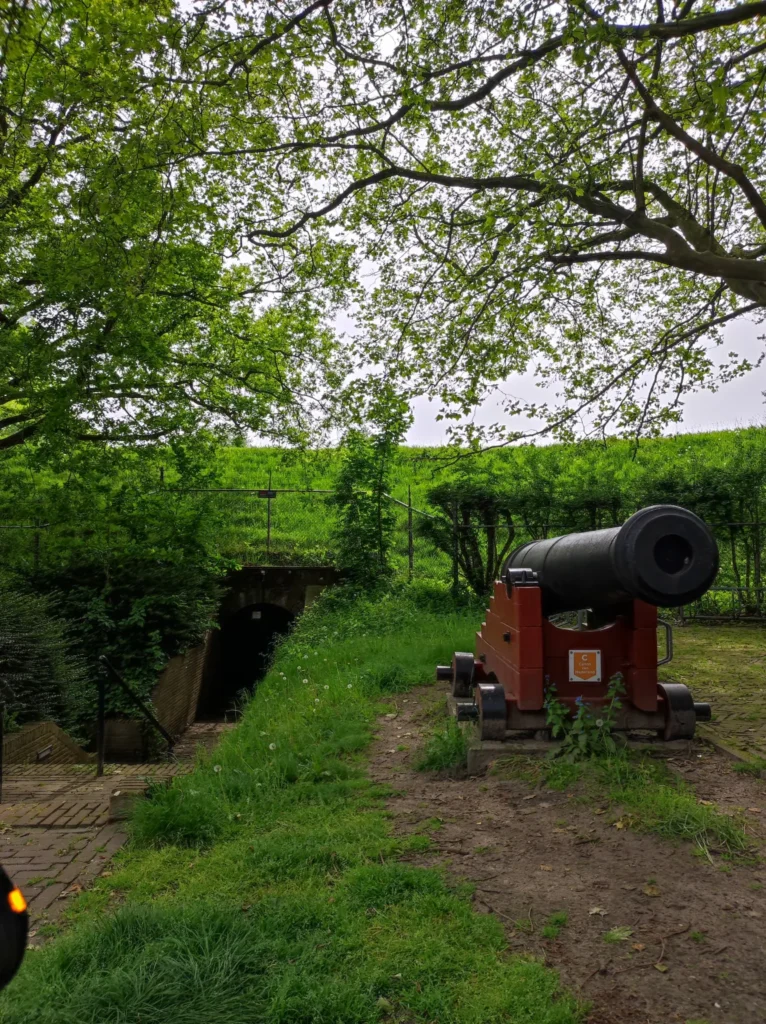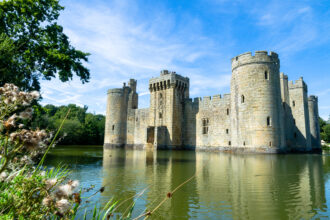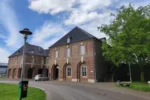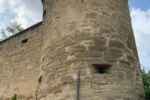One of the oldest and best-preserved fortresses in Europe is located in Naarden, a district of the municipality of Gooise Meren in the Dutch province of North Holland. The old fortified town of Naarden is one of the most beautiful Dutch cultural monuments, located between the Dutch cities of Amsterdam and Amersfoort. Naarden looks back on a rich history, having been destroyed at the beginning of the so-called Hook and Cod Wars and rebuilt as a fortified town between 1350 and 1355. From 1411 to 1689, Naarden was a port city that not only had fishing rights but also a thriving textile industry. However, Naarden was conquered by the Spanish in 1572 during the Eighty Years’ War. Despite Naarden’s surrender, the Spanish occupiers killed 700 inhabitants. This event went down in Dutch history as the “Bloedbad van Naarden” (Naarden Bloodbath). After the French occupied Naarden during the Dutch War, William III of Orange-Nassau was able to recapture the city a year later. In 1579, Naarden became a fortified city with small bastions under the command of master builder Adriaan Anthonisz. The current fortress dates back to the French master builder Vauban, who had the star-shaped fortress with a double ring wall, six bastions, large city gates, and moats built between 1675 and 1685. To this day, the star-shaped fortress with its impressive bastions with gun casemates and the system of double ramparts and moats is considered an architectural masterpiece. Due to its strategic location, this fascinating fortress was integrated into the Dutch Water Line defense system after 1814, which has been a UNESCO World Heritage Site since 1996. This line, which is barely visible today, was considered the secret weapon of the Netherlands. In the event of war, it made it possible to flood the country. This allowed enemy troops to be stopped before they could invade the country. After the Fortification Act was abandoned in 1926, Naarden lost its function as a defensive structure but remained a garrison town. It was not until 1986 that the last barracks still in use were closed.
